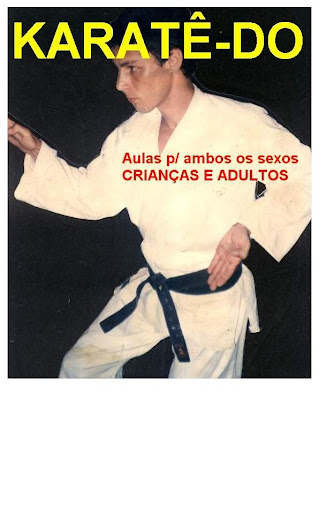

This means that the action is very fast-paced and exciting. Once they finally do begin, it is very rare for sumo bouts to last longer than a few seconds – although occasionally they can last up to four minutes. This leads to quite a lot of faffing about while each wrestler tries to psyche the other out, pretending to put his hand down and then getting back up again. The rules of the matchĪ sumo match doesn’t start until both wrestlers have placed both hands on the ground at the same time. Ring-entering ceremony at Meiji Shrine in Tokyo 2. The canopy that hangs over the ring is modelled after the roof of a Shinto shrine, indicating that the ring itself is a holy place. Each of the ring-entering ceremonies is a Shinto purification ritual, and every newly promoted yokozuna (the highest rank in sumo) performs his first ring-entering ceremony at the Meiji Shrine in Tokyo. Sumo is still very closely associated with its religious origins, and Shinto principles continue to govern the everyday life of today’s sumo wrestlers. Sumo wrestlers throw salt before a match to purify the ring From the very beginning it was entwined with Shinto ritual, when it was performed at shrines to ensure a bountiful harvest and to honour the spirits – known as kami. Sumo is a religious ritualĬompared with most sports in the world today, sumo originated a heck of a long time ago. Here are a few of the amazing things I learnt about sumo – I hope they will encourage you to go to go and see a tournament for yourself! 1. It wasn’t until I attended a sumo tournament in Osaka that I began to realise just how fascinating Japan’s national sport really is.

There is an awful lot more to sumo wrestling than most outsiders ever realise.

Sumo may seem comical to you and me, but it is actually a very serious business. It’s about big fat guys slamming into each other, right? Everyone thinks they know what sumo wrestling is.


 0 kommentar(er)
0 kommentar(er)
